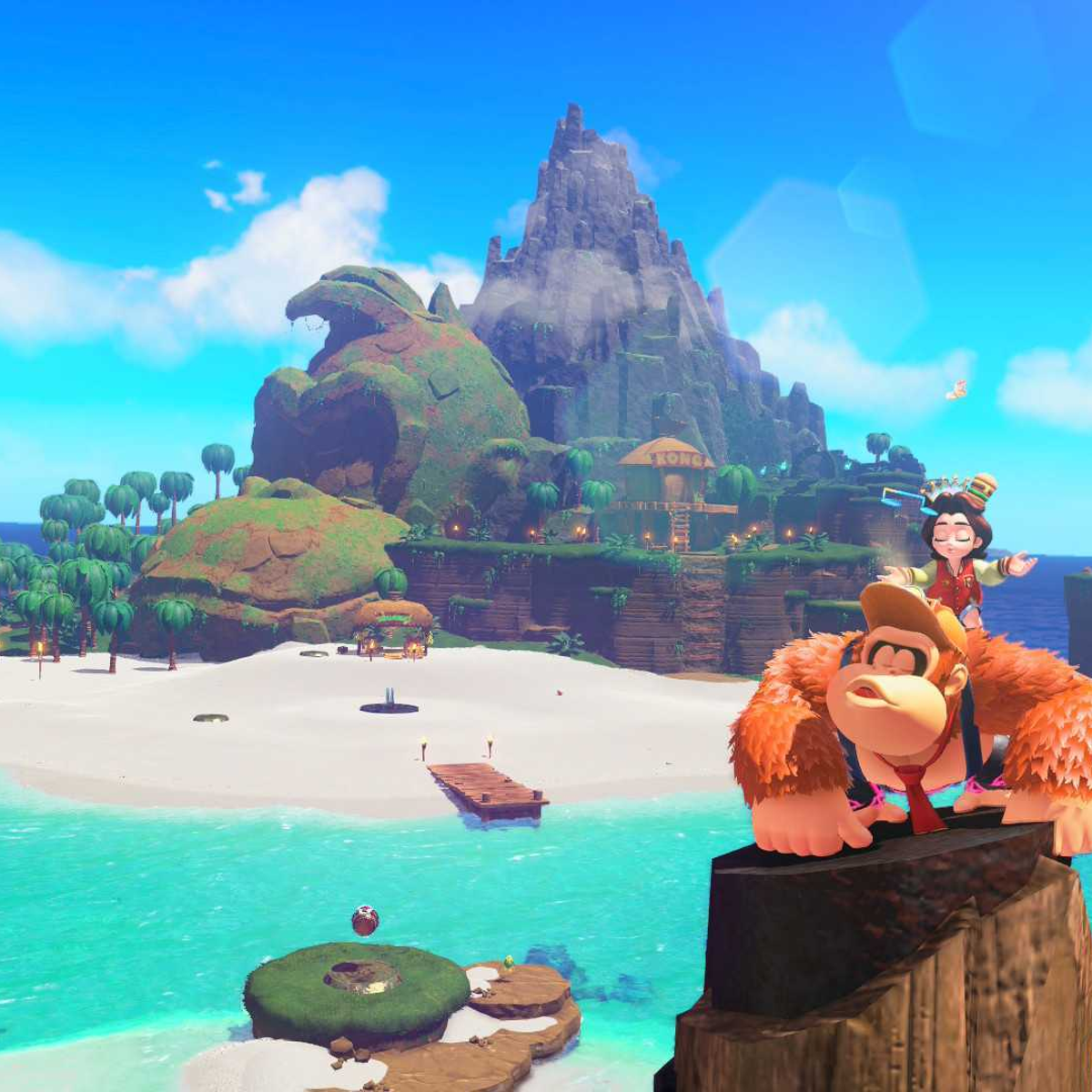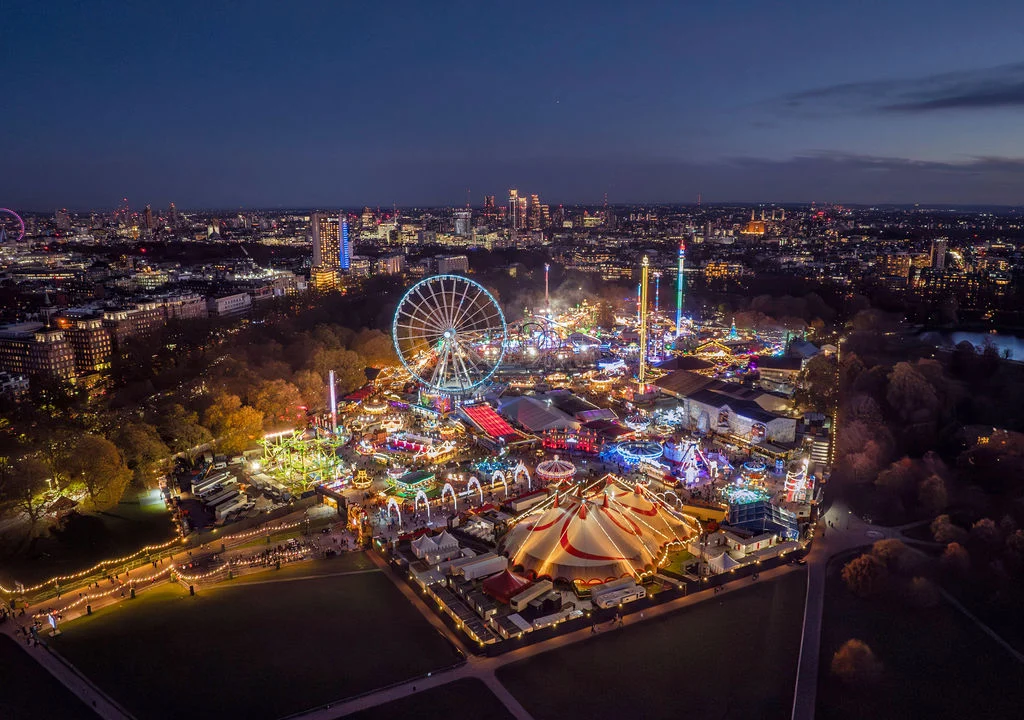I love Donkey Kong Bananza’s new DK Island & Emerald Rush DLC – but should it have been in the base game?
By Alex Donaldson
Copyright eurogamer

If you had to push me for criticisms of Donkey Kong Bananza, there aren’t that many I can level at it. It’s a smashing time – hur hur – and though it perhaps doesn’t have that jaw-dropping impetus of a Mario Odyssey, it is nevertheless something special. Here’s one, though: the post-game offering is over way too quickly. Nintendo has now addressed that with a new downloadable content, DK Island & Emerald Rush.
While not technically an exclusively post-game affair – as a paid DLC you can travel to its titular isle and begin exploring at any progress point – expansion-wise it certainly feels like one. The stuff added offers a variety of delicate twists and variations on the game systems showcased across the main game, all crammed into a vaguely roguelikey framework. Add on a healthy shot of nostalgia with the return to a location eighties and nineties kids will remember fondly, complete with a new arrangement of Grant Kirkhope’s lovely hub world music, and you’ve got a winner.
And yet… I feel rather strange about it. It’s one of those releases that doesn’t suffer from any nasty complexity on its own merits, but rather due to context. I like the expansion. But the price, the proximity of this DLC to the main release, and the fact that I’d already been mentally comparing Bananza’s post-game activities to that in Odyssey in an unfavorable way adds up. I find myself thinking a classic, good old faithful: this should have been in the base game, right?
I mean, for now, I digress. What’s the DLC about? Well, basically, it lets you visit a loving recreation of DK Island (though it is more of an atoll, ackshually), which has been the canonical home of the Kong clan since 1994’s Donkey Kong Country. It’s appeared in various forms over the years, though this version most closely resembles that featured in Donkey Kong 64 – but with lovely nostalgia-baiting references throughout, be that K. Rool’s pirate ship wrecked off the island’s shores, or a smaller island shaped just like some Jungle Beat bongos. This is an area for the fans. It’s a charming little area, and my nostalgia meant it was actually the first Bananza locale I actually felt a bit bad smashing to bits.
DK Isle can be visited just for a hang, and the vibes are indeed lovely. But once the main game is clear you’ll find one of the villains washed up on its shores, which through various fluffy-plotty machinations gives way to the introduction of Emerald Rush, the other half of this DLC’s title and the other half of the content.
In Emerald Rush, vast amounts of emerald material appear across the map. This is easily smashable, and your job is to shatter loads of it to collect it in a time limit scenario. There’s a catch: all of DK’s abilities are removed, and the only way to regain them is to destroy special emerald banandium gems throughout the world. What ability each banandium gem gives you is random, however, and no two runs will be the same. Fossils also must be collected, each offering up upgrades to how the mode will play out – offering bumps in the amount of emerald certain actions will give and so on.
It’s in this that the roguelike element comes in. You’ll have to carefully think about your approach and use of abilities based on what the RNG gods bequeath you. DK and Pauline’s clothes become vastly more important, as they’re one of the only things you control going into a run. The difficulty ramps up, making it a real race to collect enough emerald to progress to the next round. Initially this all happens on DK Island, but as you progress you’ll gradually unlock versions of this mode across many of Bananza’s different ‘layer’ levels.
I have to level with you right here, right now: whatever I might make of the pricing, this mode absolutely slaps. I love it. I’ve got a thirteen hour flight coming up and by the end of my second or third Emerald Rush run, I knew exactly what I’d be doing for most of it (sleeping, yeah – but after that, this). The time limit the frantic high-score chasing nature of the mode means that you enter a trance-like state while playing it – and it works best as post-game content because it asks that you consider all the skills, mechanics, and tricks you’ve learned, carefully deploying them to the best possible effect.
This even turns to address one of my complaints from the base game. There, I noted that several of the Bananza form moves and upgrades were pretty useless. Here, the random nature of runs means you might be forced into reconsidering moves you’d previously written off. I’ve ended up building entire runs around moves that I felt pretty useless. In this sense, the mode feels like an absolutely natural ‘conclusion’ to the exploits of Bananza. It’s brilliant.
There’s frivolous but nice-to-have additions, too: new statue collectibles to decorate DK Isle, new clothing, music discs that let you take the DLC’s excellent new music elsewhere. It ticks the boxes. But I find myself looping back, with a grimace, to that price.
Back at launch, there was plenty of chatter about Nintendo’s decision to launch Mario Kart World at £75. Bananza came in around a tenner cheaper, which in light of the quality of the game and the expense of Mario Kart seemed to stand in its favor. But with a £17 expansion that really does feel like it should’ve been part of the main game’s post-game offering, this is now more expensive than Mario Kart – which stings a little, even if I think it’s the better game. The thought is sharpened further by the fact that this DLC has a better and more rich post-game experience than the main game. After the brilliantly-presented DLC credits roll, a bevy of new challenges drop.
Basically, what I’m saying is – mechanically, presentationally, in vibe, in tone – it all feels like the mic drop that should’ve been in the main game. The super-hard ramping difficulty; the nostalgia bomb that note-for-note matches Odyssey’s Mushroom Kingdom unlock, even the way it recontextualises past areas.
That a DLC developed during the main game is so strong is a testament to Nintendo’s understanding of what it had built with Bananza. Usually additions this wise, in their consideration of how to redeploy the core game’s mechanics, come some time after launch, taking into account player response and the like. With this article going live just two months after my pre-release review of the base game, clearly that wasn’t the case with DK Island & Emerald Rush – but that knowledge also works against my impression. As good as it is… this feels like the missing piece of the core game. And it’s 16 quid extra.



